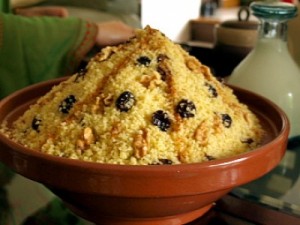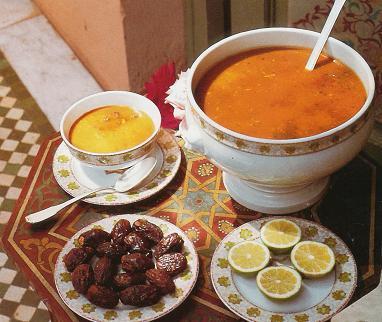Morocco for Vegetarians, Your Morocco Tour Guide
Morocco offers plenty of fulfilling options for vegetarian travelers . It has wonderful and abundant fresh vegetables and spices like cumin, saffron cinnamon and paprika and seasonal fruits which you will see piled high in local souks. For breakfast you will be offered bread with honey and jam and omelettes…








